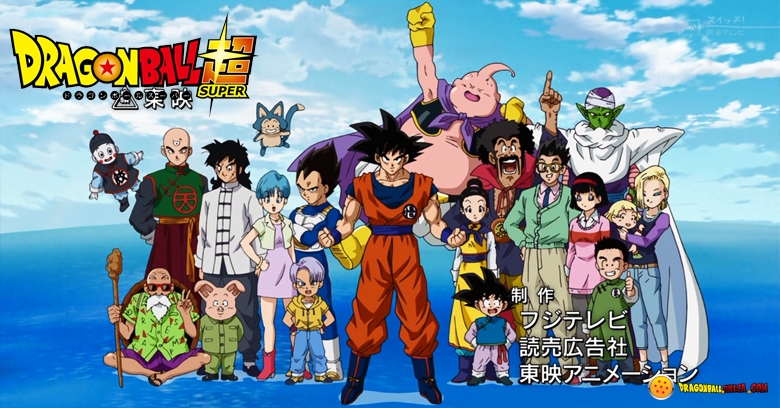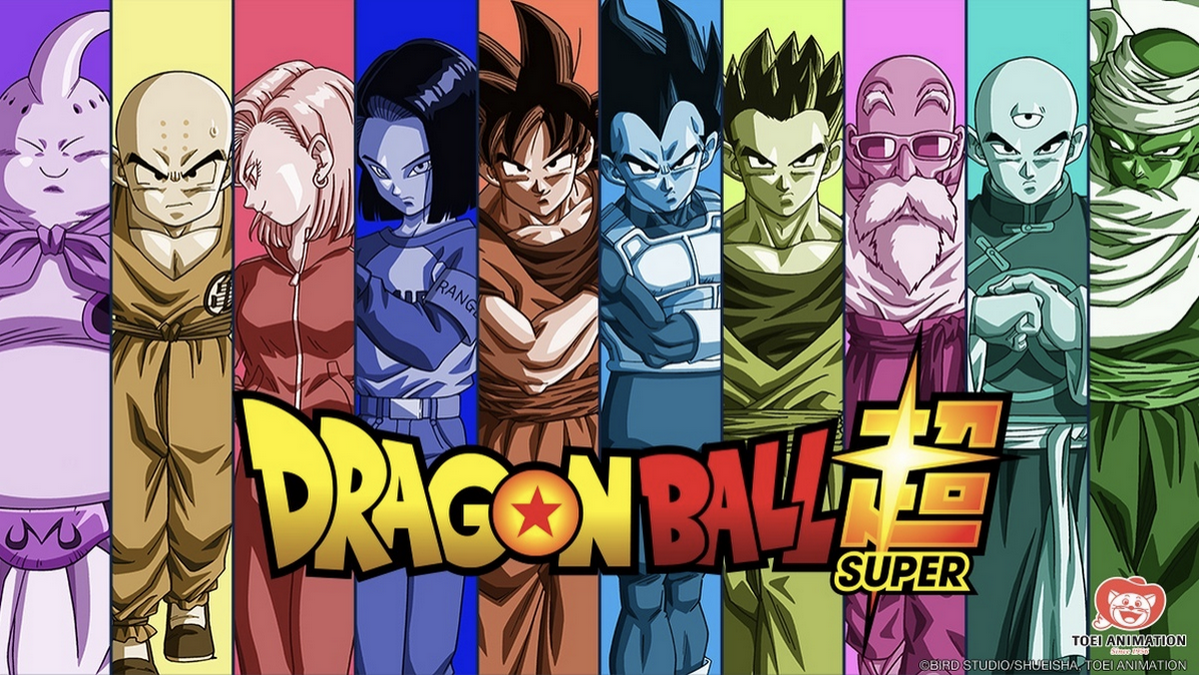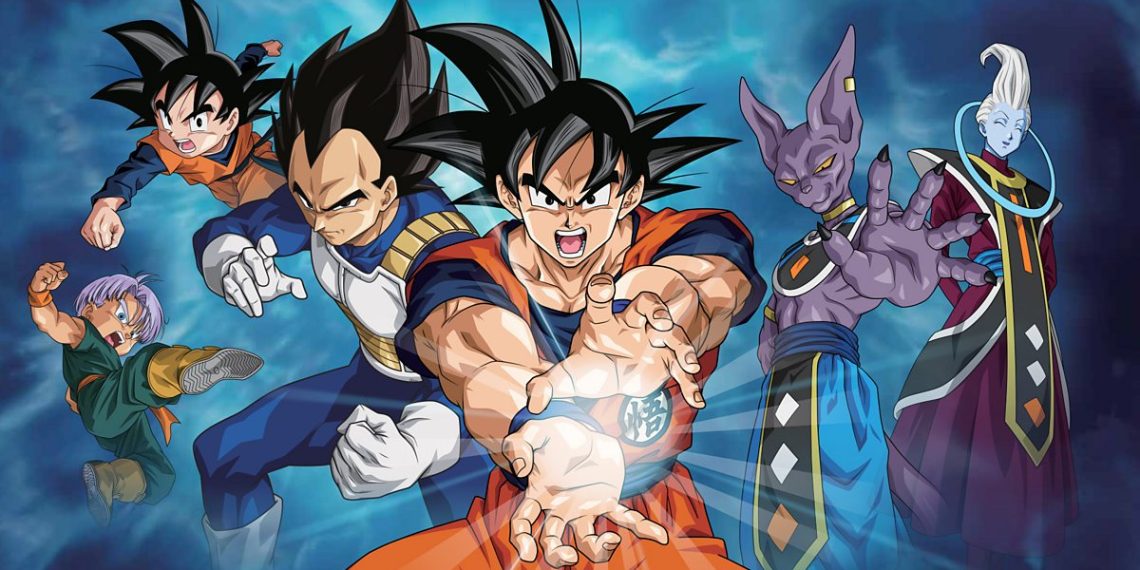Dragon Ball has always been known for its high-stakes battles, intense rivalries, and explosive action. Fans of Dragon Ball Z still remember brutal scenes — like Goku coughing up blood during his fight with Vegeta, or Frieza impaling Krillin. But when Dragon Ball Super debuted in 2015, long-time viewers noticed something missing: the blood, the grit, and the visceral damage that once made fights feel real.
While Dragon Ball Super retains the energy, power levels, and iconic transformations, its battles are visibly cleaner. Injuries rarely look life-threatening, and blood is almost entirely absent. This shift wasn’t random. It’s the result of industry changes, global market influence, and stricter content guidelines.
Understanding why Dragon Ball Super reduced its violent visuals requires looking at more than just storytelling choices. Animation studios now balance storytelling with global licensing, merchandise, and television standards. The decision to tone things down came from multiple factors — and it changed the entire tone of the show.
Let’s explore why one of the most iconic anime franchises in history took a step back from its grittier roots.
Targeting a Broader, Younger Audience

One of the most significant shifts between Dragon Ball Z and Dragon Ball Super is the demographic. When Dragon Ball Z aired in the late ‘80s and ‘90s, it often pushed boundaries. Japan’s TV standards were different then, and international syndication wasn’t the immediate focus.
By the time Dragon Ball Super was being developed, Toei Animation and Shueisha had their sights set on a more global audience — especially children.
Toy sales, video games, and licensed products play a huge role in the franchise’s success. These products are primarily aimed at kids, so it made sense for the anime to follow suit. Removing excessive blood and gore helped ensure Dragon Ball Super would pass broadcasting regulations in countries like the United States, Canada, and several European nations.
The goal wasn’t to water down the story but to make it safe for after-school programming slots, family viewing, and broader appeal. It also opened the door for Dragon Ball Super to be more easily syndicated and promoted across different networks and platforms.
Strict Broadcasting Regulations
Television standards have become much tighter over the years. In the ‘90s, anime shows could often push visual limits, especially when localized. But in the 2010s, most broadcasters adhered to more child-friendly policies. Shows that aired during daytime or early evening hours were under pressure to reduce graphic content.
Dragon Ball Super often aired during these hours, both in Japan and internationally. This time slot meant the series had to pass a stricter content review. Anything that resembled real-life violence — like realistic blood, broken bones, or intense suffering — was flagged or cut.
Even earlier series like Naruto Shippuden and Bleach began facing similar pressures during their later seasons. For Dragon Ball Super, avoiding graphic visuals from the start was a strategic move. The series was created with international exposure in mind, so it had to meet a broader range of content expectations.
Censorship wasn’t just for TV either. Streaming platforms also have age rating requirements. A tamer visual style meant fewer content restrictions and wider availability.
Animation Style and Budget Efficiency
Another factor contributing to the toned-down violence is the animation process itself. Dragon Ball Super was produced under different conditions compared to Dragon Ball Z. With a tighter production schedule and a global fanbase demanding constant new content, animators were under pressure to deliver quickly.
Graphic injuries and realistic battle damage require more detailed frames, which take more time and money to animate. A cleaner visual style, with fewer detailed injuries and less blood, helped speed up production.

This approach also made animation corrections easier. If something looked off in a broadcast version, it could be fixed for the Blu-ray or streaming release without needing to redraw complex injury scenes.
Though some fans were disappointed by the smoother, less gritty art style, it helped maintain a faster episode release pace and allowed for more consistent visuals across episodes.
Merchandising and Brand Safety
Dragon Ball has evolved into a global brand. With that comes the responsibility of keeping the brand safe for advertisers, sponsors, and retailers. The more family-friendly the anime, the more likely big companies are to support it.
From toys and action figures to fast food promotions and mobile games, the Dragon Ball Super universe had to stay commercially viable. Graphic content would have made some partners uncomfortable, especially in Western markets.
Additionally, portraying characters in extremely violent situations could limit their use in promotional materials. Keeping the characters battle-worn but not gory meant they could appear in product packaging, public events, and video games without concern.
This corporate-friendly strategy has been vital to Dragon Ball Super’s international growth and long-term sustainability.
Shifting Cultural Attitudes Toward Violence in Media
Attitudes toward violence in media have changed globally. What was once acceptable in the late ‘80s and ‘90s now receives more scrutiny, especially in media consumed by children and teens. Countries around the world are paying more attention to what content gets shown to younger audiences.
In Japan, this change was gradual. While anime still pushes creative limits, mainstream series airing on popular networks face stronger content guidelines. Graphic violence that once passed without issue might now receive complaints or trigger parental controls.
By staying ahead of the curve, Dragon Ball Super avoided the backlash that often comes with controversial content. The series retained its action-heavy identity but did so in a way that respected modern expectations.

Nostalgia vs. Evolution
For many long-time fans, the reduced blood and toned-down fights felt like a loss. Dragon Ball Z built its reputation on high-impact battles that didn’t shy away from consequences. The raw intensity made every transformation and victory more powerful.
But times have changed, and Dragon Ball Super evolved with its audience. Some of those original fans are now parents themselves — and they’re introducing the franchise to their children. Cleaner visuals make that introduction easier.
While the fights in Dragon Ball Super may feel less intense visually, the storytelling and power dynamics remain true to the spirit of the original. It’s a different presentation style for a broader generation.
The absence of blood and gore in Dragon Ball Super wasn’t an accident — it was a deliberate, strategic choice. Censorship standards, global audience targeting, animation efficiency, and commercial goals all played a role. The series adapted to a changing media environment and chose accessibility over value.
Fans may miss the raw edge of Dragon Ball Z, but Super offers a new kind of energy. It’s still the high-octane world of Saiyans, gods, and universal battles — just with a cleaner look that speaks to its time.
If you’re wondering where the blood went — it didn’t disappear. It just made way for a broader audience and a bigger future.
[Updated: 04/04/2025]





